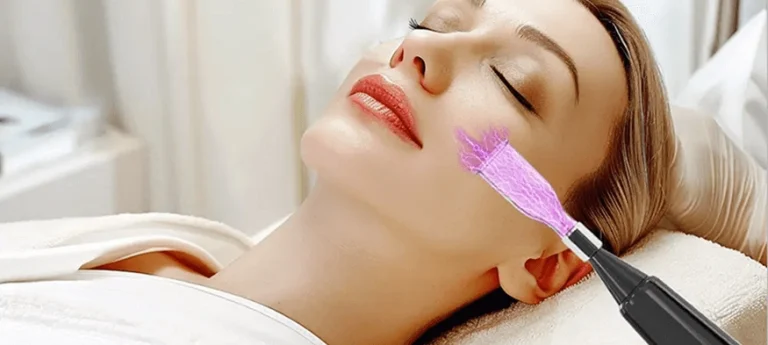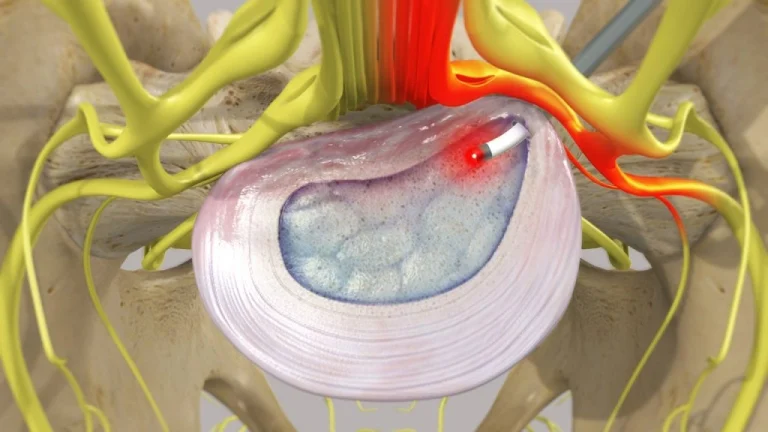Varicose veins are a common condition where veins become enlarged, twisted, and often visible, usually in the legs. They can cause discomfort, pain, and cosmetic concerns. One of the effective treatments for varicose veins is 1470nm Endovenous Laser Therapy (EVLT/EVLA).
How It Works
The 1470nm Endovenous Laser Therapy operates on a specific principle. A thin fiber – optic cable is inserted into the affected vein through a small incision. The laser emits light at a wavelength of 1470nm. This wavelength is absorbed by the hemoglobin in the blood within the vein. When the hemoglobin absorbs the laser energy, it converts the light energy into heat. The heat then causes the walls of the vein to coagulate and collapse. Over time, the body reabsorbs the treated vein, and blood is redirected to healthier veins, thus improving blood circulation and reducing the appearance and symptoms of varicose veins.
Advantages of 1470nm EVLT/EVLA
Minimally Invasive
Compared to traditional open – vein surgery, 1470nm EVLT/EVLA is minimally invasive. There are only small incisions required, which means less tissue damage, reduced scarring, and a quicker recovery time. This is especially appealing to patients who are concerned about the cosmetic impact of surgery and want to get back to their normal activities as soon as possible.
Reduced Discomfort
Patients typically experience less pain during and after the procedure. The use of local anesthesia helps to minimize discomfort during the insertion of the laser fiber. After the treatment, the pain level is generally much lower than that associated with traditional surgical methods. This allows patients to avoid significant post – operative painkillers and resume their daily routines more comfortably.
High Success Rate
Clinical studies have shown that 1470nm EVLT/EVLA has a high success rate in treating varicose veins. It effectively closes off the diseased veins, redirecting blood flow and alleviating symptoms such as leg pain, swelling, and heaviness. The long – term results are often very satisfactory, with a low recurrence rate.
The Treatment Process
Pre – treatment Evaluation
Before the 1470nm EVLT/EVLA procedure, a comprehensive pre – treatment evaluation is carried out. This includes a physical examination of the legs to assess the severity and location of varicose veins. Doppler ultrasound is also commonly used to map the veins and determine the blood flow patterns. The doctor will also review the patient’s medical history, including any pre – existing conditions or medications, to ensure the procedure is safe and suitable for the patient.
The Procedure
During the procedure, the patient is placed on an operating table. Local anesthesia is administered to numb the area around the vein. The laser fiber is then inserted into the vein under ultrasound guidance. Once in place, the laser is activated, and the fiber is slowly withdrawn while emitting the 1470nm laser energy. The entire process usually takes around 30 minutes to an hour, depending on the length and number of veins being treated.
Post – treatment Care
After the 1470nm EVLT/EVLA treatment, patients are typically advised to wear compression stockings for a few weeks. This helps to reduce swelling, support the veins, and promote proper blood circulation. Light activity, such as walking, is encouraged to aid in the recovery process. The doctor may also prescribe some medications to manage any discomfort or prevent blood clots. Regular follow – up appointments are scheduled to monitor the healing progress and ensure the success of the treatment.
Recovery and Outlook
Most patients can return to their normal activities within a few days to a week after the 1470nm EVLT/EVLA procedure. The initial swelling and bruising around the treated area will gradually subside over the first few weeks. As the body reabsorbs the treated vein, the appearance of varicose veins will continue to improve. With proper post – treatment care and a healthy lifestyle, including regular exercise and maintaining a healthy weight, patients can expect long – term relief from varicose veins and an improved quality of life. However, like any medical procedure, there are some potential risks, such as infection at the incision site, blood clots, or nerve damage, although these are relatively rare. It is important for patients to discuss all concerns with their doctor before undergoing the treatment.



